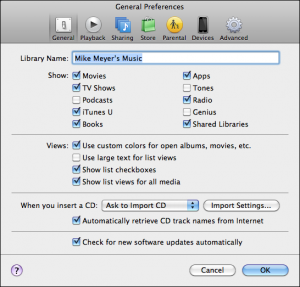Duh, I can’t believe it took me this long to realize it, but Safari’s ‘Reading List’ is the perfect way to temporarily bookmark news stories for blog links.
This is going to dramatically decrease the time I spend making my mobile link posts. Browse, open Reading List sidebar, hit ‘Add Page’ for any article you want to read in more detail later or link to. No more ‘where did I see that cool article about Samsung spending so much on advertising?’. When done with the articles, remove them from the reading list.
It’s much more accessible than the usual browser bookmarking function, and ideal for bookmarks you only need for a short period. Come to think of it, this may have inspired the ‘Up Next’ behavior in iTunes 11. Here’s Apple’s instructions on how to use it.
Update: Safari Reading List is stored on iCloud, so is accessible across all your devices, which is even better. I can bookmark while curled up with my iPad, then collect the links on my desktop.
